Grow Bok Choy Home, and unlock a world of fresh, vibrant flavors right outside your door! Have you ever dreamt of snipping crisp, leafy greens just moments before adding them to your stir-fry? Or perhaps envision yourself creating a stunning, edible garden that’s both beautiful and bountiful? Well, dream no more! This DIY guide is your passport to cultivating your very own Bok Choy haven, regardless of your gardening experience.
Bok Choy, also known as Chinese cabbage, boasts a rich history deeply intertwined with Asian cuisine and culture. For centuries, it has been a staple ingredient, celebrated not only for its delicious taste but also for its nutritional benefits. From humble family meals to elaborate culinary creations, Bok Choy has consistently held a place of honor at the table.
But why should *you* learn to grow Bok Choy home? In today’s world, where access to fresh, healthy produce can sometimes be a challenge, cultivating your own food offers a sense of empowerment and connection to nature. Plus, homegrown Bok Choy tastes infinitely better than anything you’ll find at the supermarket! I’m here to show you some simple, effective tricks and hacks that will transform your garden (or even your balcony!) into a thriving Bok Choy paradise. Let’s get started!
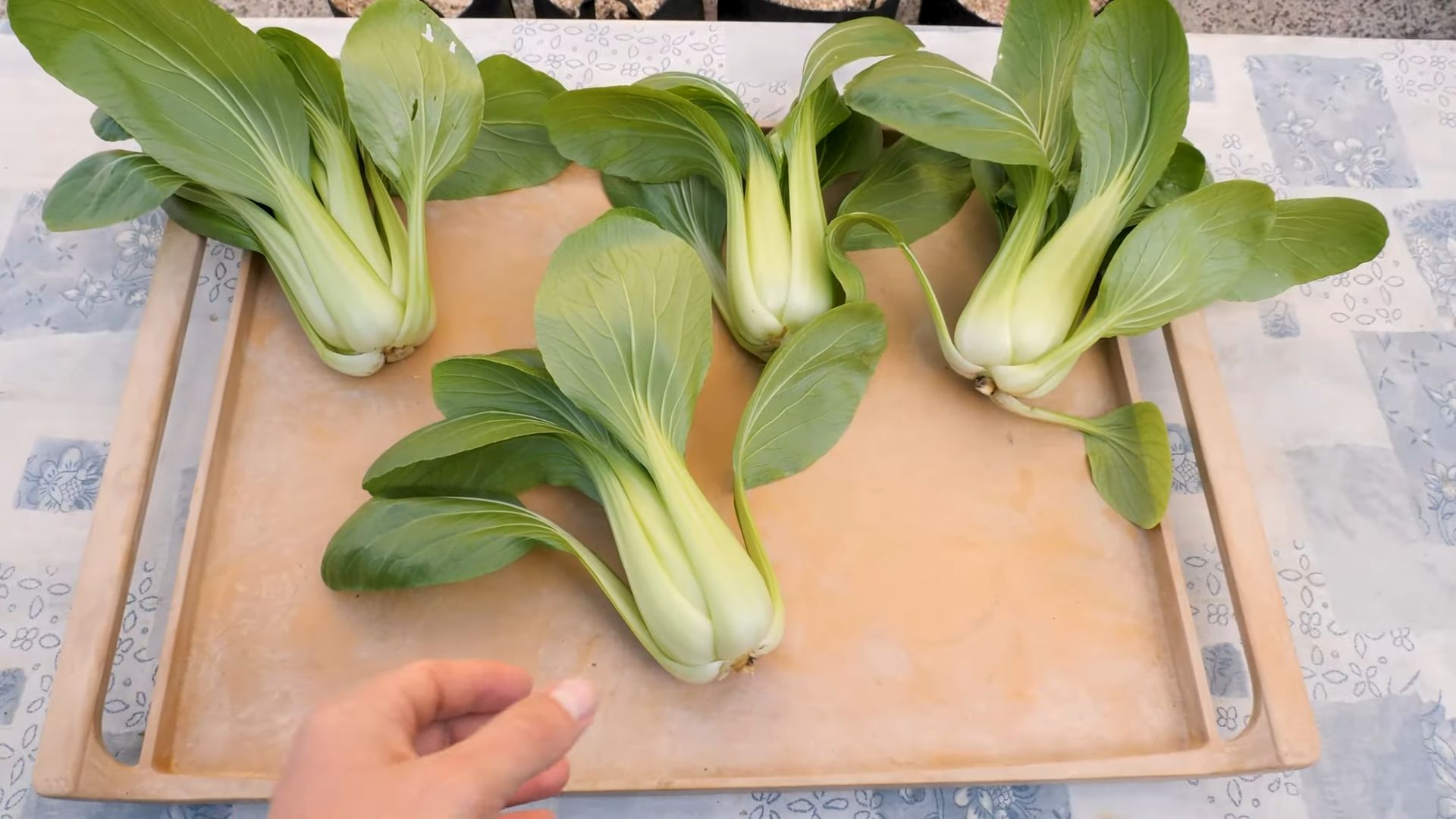
Growing Bok Choy at Home: A Beginner’s Guide
Hey there, fellow gardening enthusiasts! I’m so excited to share my experience with growing bok choy at home. It’s surprisingly easy, even if you’re a complete newbie like I was when I started. Bok choy, also known as pak choi, is a delicious and nutritious leafy green that’s perfect for stir-fries, soups, and salads. Plus, it grows relatively quickly, so you’ll be enjoying your homegrown harvest in no time!
Choosing Your Bok Choy Variety
First things first, let’s talk about varieties. There are a few different types of bok choy you can grow, each with its own unique characteristics. Here are a few popular options:
* Shanghai Bok Choy: This variety has light green stems and spoon-shaped leaves. It’s known for its mild flavor and tender texture. I personally love this one for its versatility.
* Baby Bok Choy: As the name suggests, this is a smaller version of regular bok choy. It’s great for single servings and has a slightly sweeter taste.
* Canton Bok Choy: This variety has dark green leaves and thick, white stems. It has a slightly stronger flavor than Shanghai bok choy.
* Purple Lady Bok Choy: If you’re looking for something a little different, try Purple Lady bok choy. It has beautiful purple leaves that add a pop of color to your garden and your plate.
I recommend starting with Shanghai or Baby bok choy, as they’re generally easier to grow and have a milder flavor that most people enjoy.
Getting Started: Seeds vs. Seedlings
You have two options when it comes to starting your bok choy: seeds or seedlings.
* Seeds: Starting from seed is the most economical option, and it gives you more control over the entire growing process. However, it requires a little more patience and attention.
* Seedlings: Buying seedlings from a nursery is a quicker and easier option, especially if you’re short on time or space. Just make sure to choose healthy-looking seedlings with vibrant green leaves.
I’ve tried both methods, and I personally prefer starting from seed. It’s just so rewarding to watch those tiny seeds sprout and grow into beautiful bok choy plants!
Step-by-Step Guide to Growing Bok Choy from Seed
Okay, let’s get down to the nitty-gritty. Here’s my step-by-step guide to growing bok choy from seed:
1. Choose the Right Time to Plant: Bok choy is a cool-season crop, which means it grows best in spring or fall. Avoid planting during the hottest months of summer, as the heat can cause the plants to bolt (go to seed prematurely). I usually start my seeds indoors about 4-6 weeks before the last expected frost in spring, or directly sow them in the garden in late summer for a fall harvest.
2. Prepare Your Soil: Bok choy needs well-drained, fertile soil with a pH of 6.0 to 7.5. Before planting, amend your soil with compost or other organic matter to improve its drainage and nutrient content. I like to add a generous amount of composted manure to my garden beds.
3. Sow Your Seeds: You can either start your seeds indoors in seed trays or directly sow them in the garden.
* Starting Indoors: Fill your seed trays with a seed-starting mix. Sow the seeds about ¼ inch deep and gently water them. Keep the soil moist but not soggy. Place the trays in a warm, sunny location or under grow lights. The seeds should germinate in about 5-7 days.
* Direct Sowing: Sow the seeds about ½ inch deep and 1-2 inches apart in rows. Gently water the soil. Once the seedlings emerge, thin them to about 6-8 inches apart.
4. Provide Adequate Sunlight: Bok choy needs at least 6 hours of sunlight per day. If you’re growing your plants indoors, make sure they’re getting enough light from a sunny window or grow lights.
5. Water Regularly: Bok choy needs consistent moisture to thrive. Water your plants regularly, especially during dry spells. Aim to keep the soil evenly moist but not waterlogged. I usually water my bok choy plants every other day, or more often if the weather is hot and dry.
6. Fertilize Your Plants: Bok choy is a heavy feeder, so it’s important to fertilize your plants regularly. I like to use a balanced organic fertilizer, such as fish emulsion or compost tea. Apply the fertilizer according to the package directions. I usually fertilize my bok choy plants every 2-3 weeks.
7. Control Pests and Diseases: Bok choy is relatively pest-resistant, but it can be susceptible to certain pests and diseases, such as aphids, cabbage worms, and downy mildew.
* Aphids: These tiny insects can suck the sap from your plants, causing them to weaken and become distorted. You can control aphids by spraying them with a strong stream of water or by using insecticidal soap.
* Cabbage Worms: These green caterpillars can devour the leaves of your bok choy plants. You can control cabbage worms by handpicking them off the plants or by using Bacillus thuringiensis (Bt), a natural insecticide.
* Downy Mildew: This fungal disease can cause yellow spots on the leaves of your bok choy plants. You can prevent downy mildew by providing good air circulation and avoiding overhead watering. If you see signs of downy mildew, remove the affected leaves and spray the plants with a fungicide.
8. Harvest Your Bok Choy: Bok choy is ready to harvest when the leaves are about 6-8 inches long. You can harvest the entire plant at once, or you can harvest individual leaves as needed. To harvest the entire plant, cut it off at the base with a sharp knife. To harvest individual leaves, simply snap them off near the base of the plant. I usually start harvesting my bok choy about 45-50 days after planting.
Growing Bok Choy in Containers
Don’t have a garden? No problem! You can easily grow bok choy in containers. Here’s what you’ll need:
* A Container: Choose a container that’s at least 12 inches in diameter and 8 inches deep. Make sure the container has drainage holes.
* Potting Mix: Use a high-quality potting mix that’s well-draining and contains plenty of organic matter.
* Seeds or Seedlings: You can start your bok choy from seed or buy seedlings from a nursery.
Here’s how to grow bok choy in containers:
1. Fill the Container: Fill the container with potting mix, leaving about an inch of space at the top.
2. Sow Your Seeds or Plant Your Seedlings: If you’re starting from seed, sow the seeds about ½ inch deep and 1-2 inches apart. If you’re planting seedlings, space them about 6-8 inches apart.
3. Water Regularly: Water the container regularly, especially during dry spells. Aim to keep the soil evenly moist but not waterlogged.
4. Fertilize Your Plants: Fertilize your plants every 2-3 weeks with a balanced organic fertilizer.
5. Provide Adequate Sunlight: Place the container in a location that receives at least 6 hours of sunlight per day.
6. Harvest Your Bok Choy: Harvest your bok choy when the leaves are about 6-8 inches long.
Tips for Success
Here are a few extra tips to help you grow the best bok choy possible:
* Succession Planting: To ensure a continuous harvest, sow new seeds every 2-3 weeks.
* Mulching: Mulch around your bok choy plants with straw or other organic matter to help retain moisture and suppress weeds.
* Bolting Prevention: To prevent bolting, keep your bok choy plants well-watered and shaded during hot weather.
* Companion Planting: Plant bok choy with other cool-season crops, such as lettuce, spinach, and radishes.
Enjoying Your Harvest
Now for the best part: enjoying your homegrown bok choy! There are so many delicious ways to prepare it. Here are a few of my favorites:
* Stir-fries: Bok choy is a classic ingredient in stir-fries. Simply chop it up and add it to your favorite stir-fry recipe.
* Soups: Bok choy adds a delicious and nutritious boost to soups. Add it to your favorite soup recipe during the last few minutes of cooking.
* Salads: Baby bok choy is delicious in salads. Simply wash and chop it up and add it to your favorite salad recipe.
* Steamed: Steamed bok choy is a simple and healthy side dish.
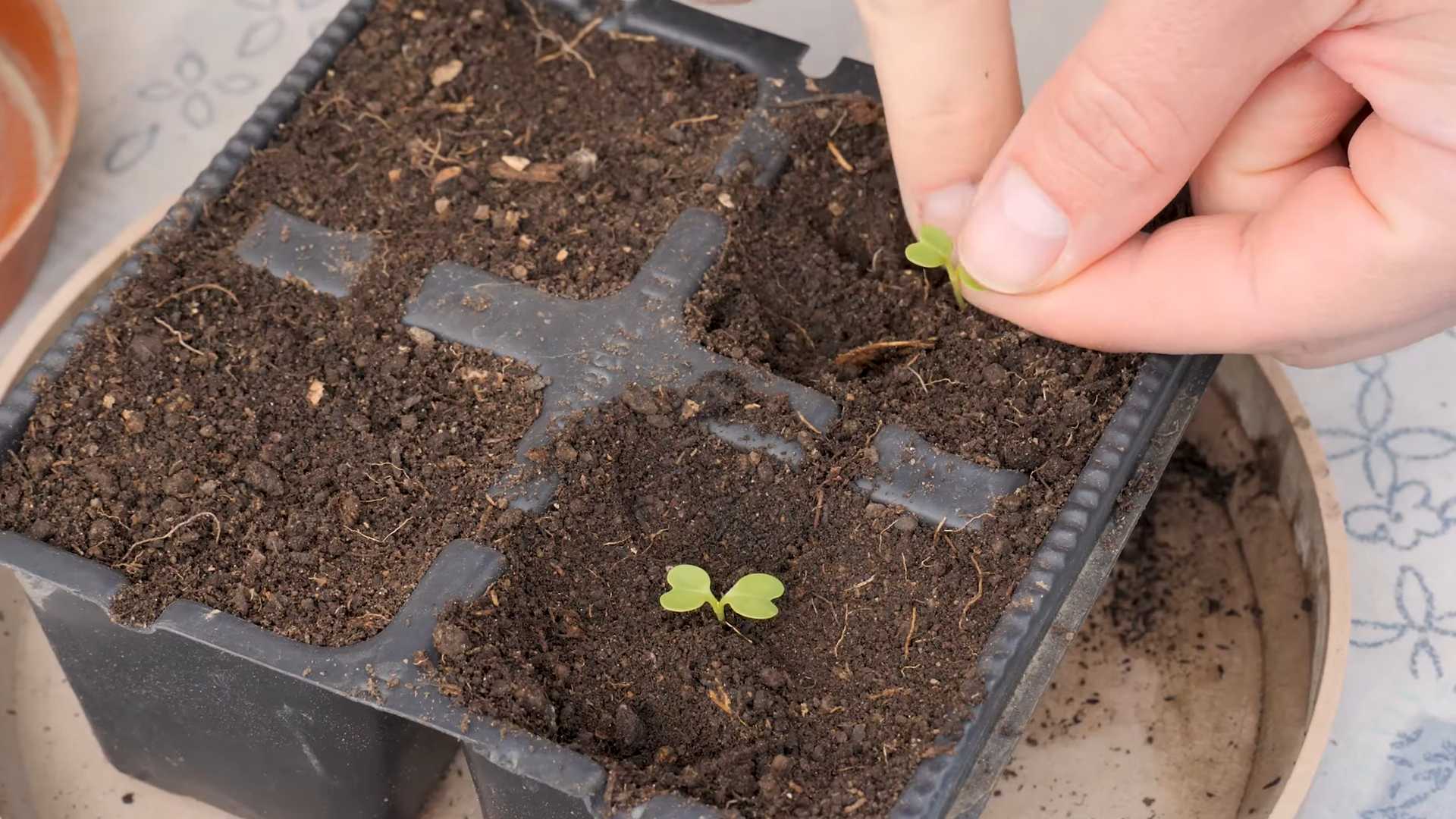
Conclusion
So, there you have it! Growing your own bok choy at home is not only achievable, but it’s also incredibly rewarding. From the crisp, fresh taste that surpasses anything you can buy in a store, to the sheer satisfaction of nurturing a plant from seed to harvest, this DIY project is a must-try for any home cook or gardening enthusiast.
Why is this a must-try? Because it puts you in control. You control the quality of the soil, the amount of sunlight, and the absence of harmful pesticides. You get to enjoy bok choy that’s bursting with flavor and nutrients, picked at its peak ripeness. Plus, it’s a fantastic way to reduce your carbon footprint by cutting down on transportation and packaging.
But the benefits don’t stop there. Growing your own bok choy is also a fantastic learning experience. You’ll gain a deeper understanding of plant life cycles, soil composition, and the delicate balance of nature. It’s a project that can be enjoyed by the whole family, teaching children about where their food comes from and fostering a love for gardening.
Looking for variations? Consider these ideas:
* Container Gardening: If you’re short on space, bok choy thrives in containers. Choose a pot that’s at least 6 inches deep and wide, and use a well-draining potting mix. This is perfect for balconies, patios, or even a sunny windowsill.
* Succession Planting: To ensure a continuous harvest, plant new seeds every few weeks. This way, you’ll always have fresh bok choy on hand.
* Companion Planting: Bok choy loves growing alongside other vegetables like carrots, radishes, and onions. These companions can help deter pests and improve soil health.
* Different Varieties: Experiment with different varieties of bok choy, such as Shanghai bok choy (with its pale green stalks) or baby bok choy (which is smaller and more tender). Each variety offers a unique flavor and texture.
* Hydroponics: For the adventurous gardener, try growing bok choy hydroponically. This method involves growing plants without soil, using nutrient-rich water solutions.
Growing bok choy at home is a simple, satisfying, and sustainable way to enjoy this delicious and nutritious vegetable. It’s a project that’s accessible to gardeners of all levels, from beginners to seasoned pros.
We strongly encourage you to give this DIY trick a try. Start small, be patient, and don’t be afraid to experiment. And most importantly, have fun!
Once you’ve harvested your first crop of homegrown bok choy, we’d love to hear about your experience. Share your photos, tips, and recipes in the comments below. Let’s build a community of bok choy enthusiasts and inspire others to grow their own food. What are you waiting for? Get planting!
Frequently Asked Questions (FAQ)
What is the best time of year to plant bok choy?
Bok choy is a cool-season crop, meaning it thrives in cooler temperatures. The best time to plant bok choy is in early spring or late summer/early fall. Avoid planting during the hottest months of summer, as the heat can cause the plants to bolt (go to seed prematurely), resulting in a bitter taste. In spring, plant after the last frost. For a fall harvest, plant about 4-6 weeks before the first expected frost.
How much sunlight does bok choy need?
Bok choy needs at least 4-6 hours of sunlight per day. While it can tolerate some shade, especially during the hottest part of the day, insufficient sunlight can lead to leggy growth and reduced yields. If you’re growing bok choy indoors, supplement with grow lights to ensure adequate light exposure.
What kind of soil is best for growing bok choy?
Bok choy prefers well-draining soil that is rich in organic matter. The ideal soil pH is between 6.0 and 7.5. Before planting, amend the soil with compost or well-rotted manure to improve its fertility and drainage. If you’re growing in containers, use a high-quality potting mix.
How often should I water bok choy?
Bok choy needs consistent moisture to thrive. Water regularly, especially during dry periods, to keep the soil evenly moist but not waterlogged. Check the soil moisture by sticking your finger about an inch deep. If the soil feels dry, it’s time to water. Avoid overhead watering, as this can increase the risk of fungal diseases. Instead, water at the base of the plants.
What are some common pests and diseases that affect bok choy?
Common pests that can affect bok choy include aphids, cabbage worms, flea beetles, and slugs. To control these pests, you can use organic methods such as handpicking, insecticidal soap, or diatomaceous earth. Common diseases include downy mildew and clubroot. To prevent these diseases, ensure good air circulation, avoid overhead watering, and practice crop rotation.
How long does it take for bok choy to mature?
Bok choy typically matures in 45-50 days from seed. Baby bok choy can be harvested in as little as 30 days. You can harvest the entire plant at once or harvest individual leaves as needed.
How do I harvest bok choy?
To harvest the entire plant, use a sharp knife to cut the bok choy at the base of the stem, just above the soil line. To harvest individual leaves, simply snip off the outer leaves as needed, leaving the inner leaves to continue growing.
Can I grow bok choy indoors?
Yes, you can grow bok choy indoors, especially baby bok choy varieties. Provide adequate sunlight (or supplement with grow lights), use a well-draining potting mix, and water regularly.
How do I prevent bok choy from bolting?
Bolting (going to seed prematurely) is often caused by stress, such as heat or drought. To prevent bolting, plant bok choy at the right time of year (early spring or late summer/early fall), provide consistent moisture, and protect the plants from extreme heat.
Is bok choy nutritious?
Yes, bok choy is a highly nutritious vegetable. It’s a good source of vitamins A, C, and K, as well as calcium, potassium, and fiber. It’s also low in calories and fat.
What are some ways to cook with bok choy?
Bok choy can be cooked in a variety of ways, including stir-frying, steaming, boiling, and grilling. It’s a versatile vegetable that can be used in soups, salads, and side dishes. The entire plant is edible, including the leaves and stems.
Can I save seeds from my bok choy plants?
Yes, you can save seeds from your bok choy plants, but it requires allowing the plants to bolt and produce seed pods. However, bok choy is prone to cross-pollination with other members of the Brassica family, so the seeds may not produce true-to-type plants.
What are the benefits of growing my own bok choy?
Growing your own bok choy allows you to enjoy fresh, flavorful, and nutritious vegetables that are free from harmful pesticides. It’s also a rewarding and educational experience that can be enjoyed by the whole family. Plus, it’s a sustainable way to reduce your carbon footprint and connect with nature.

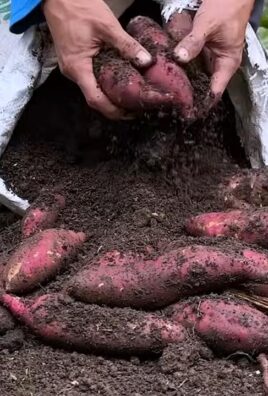
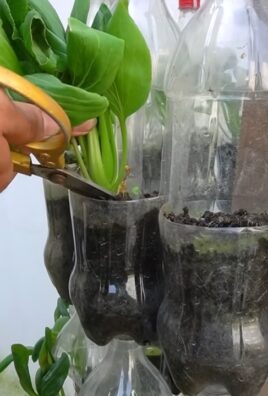
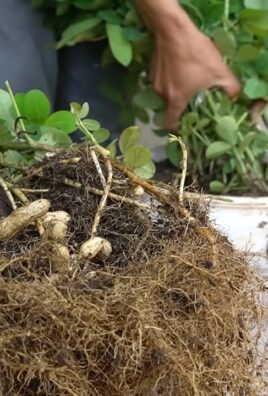
Leave a Comment